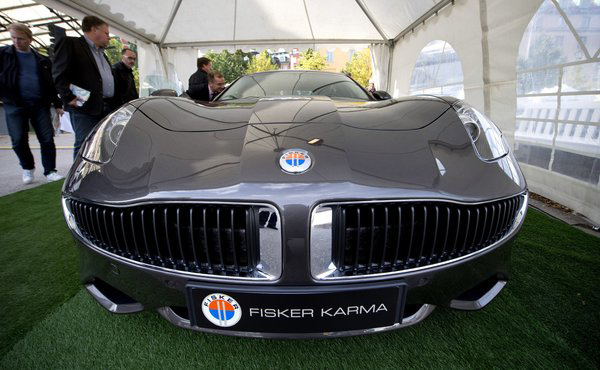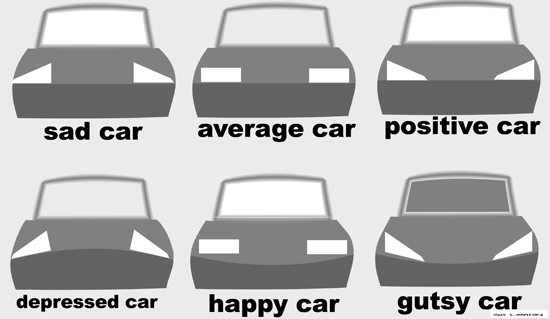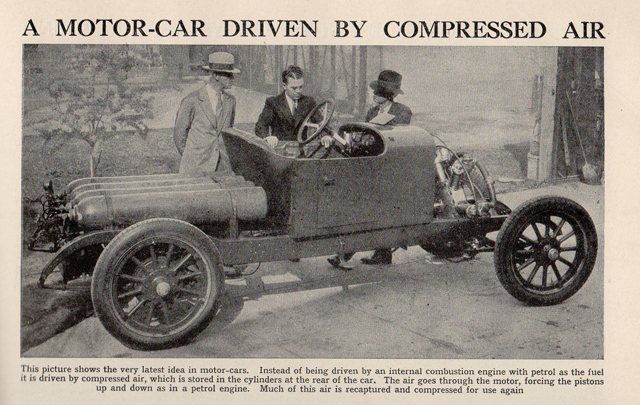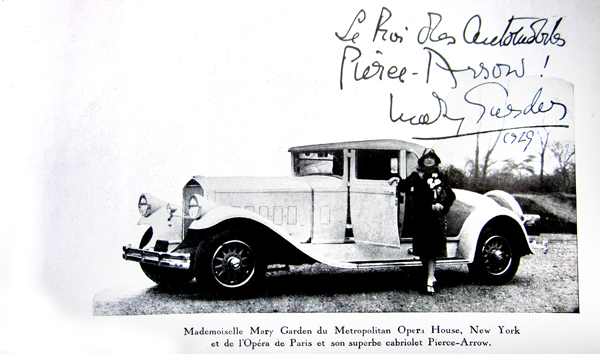Search
Recent comments
- breeding insanity....
8 hours 32 min ago - american "diplomacy"
11 hours 29 min ago - deceit america....
13 hours 47 min ago - police-state....
23 hours 28 min ago - the war continues....
1 day 16 min ago - scott is angry.....
1 day 7 hours ago - a catastrophe?....
1 day 10 hours ago - 3Xwars is 3Xpeace?....
1 day 12 hours ago - futile trousers....
1 day 13 hours ago - reading reality....
1 day 13 hours ago
Democracy Links
Member's Off-site Blogs
bumpy karma for the future...

By BILL VLASIC
DETROIT — No one answers the phones these days at Fisker Automotive. Its visionary founder has quit; its employees have been laid off or put on furlough without pay. Production of its sleek plug-in hybrid car, the Karma, ended months ago.
Veering on the edge of bankruptcy, without a buyer in sight, Fisker has become — to lawmakers and others — the Solyndra of the electric car industry. Not only private backers but millions of dollars in government loans gave life to a company, some would argue, that was a shaky investment from the start.
No electric vehicle initiative backed by Washington seems more of a debacle than Fisker, which was given a $529 million federal loan in 2009 to advance the project. Two years later, after Fisker repeatedly missed production targets and other deadlines, the Energy Department suspended the loans.
The all-but-closed company skipped a large loan payment that was due on Monday, leading the federal government to take the unusually aggressive step of seizing $21 million from the company’s cash reserves to begin recouping the $192 million in taxpayer dollars spent on the company’s flawed strategy.
Fisker, with its technical problems, management turmoil and mounting losses, offers a cautionary tale in the fiercely competitive arena of alternative-fuel vehicles and of government subsidies for start-up businesses.
The company’s messy demise will fall under the glaring spotlight of a Congressional hearing on Wednesday that is titled “Examining the Department of Energy’s Bad Bet on Fisker Automotive.” Some of Fisker’s top executives involved in the Karma’s development are expected to testify, as well as agency officials involved in the loan program.
“The government is playing in a space where they have to recognize their limitations,” said Van Conway, a corporate restructuring executive in Detroit. “Whatever they spent on Fisker was just not going to be enough.”
One is not at a loss to know what has happened... I can give you in three short point where the project went wrong:
1) the look of the car is ostentatious
2) The name of the car is bizarre
3) The imagination got lazy by going over the top
---------------
Somewhere on this site I mentioned a few things in regard to industrial design. Some simple rules apply in regard to emotional reactions and longevity of appeal... I also mention the "hubcap phenomenon" that plagues most of modern architecture: one builds a vertical series of concrete platforms on posts and one adds some external hubcaps like Christmas light to a tree to make it look different and "modern"...
I also mentioned as an example of cars that went wrong in the "appearance". The Ford Laser was a case in point. Ford had a successful little car that had a compact appearance with a certain charm. The new "improved" model was devoid of design appeal. The product stagnated. The same happened with their "new" falcons (in 1998?), the one with the droopy eyes — "designed by a computer"... It looked a sad shocker.

Above are very simple rules to tap into the emotions of consumers... There might be more people ready to buy a sad-looking car because it suits their lifestyle of moronically depressed geezers, but I doubt it...
There are of course more rules in designs in order to appeal to various demographics (classes)... A CEO won't like to be seen in an Isetta unless he/she got a point to make... So SIZE MATTER and exclusivity of design is a curly one... You don't want to produce a great looking car that could appeal to everyone and make the CEO look silly in his black or silver Merc...
The car by Fisker is trying to grab a niche market of people with big bucks (ostentatious) with no conscience about the environment but who are eager to buy a car full of chrome and tinsels that will drive 60 miles in a day before recharging... It ain't going to happen...
---------------------------------
The name of the car is bizarre to say the least: Fisker Karma... Karma is exclusively reserved for people with a strong conscience and is a philosophical belief in which cars do not have a lot of space... So I ain't driving it...
--------------------------------
The lack of imagination is somewhat very USA... big glossy image with a lack of substance... The grill and the badge look more like a whale that has been stamped with a sustainability label from a dodgy financial rating company...
Some cars like the air compressed Tata may be more appealing in its "simplicity" for most people though it may appear as socialist plot to conservatives.... The technology of air-cars goes back to the 1920s. Electric cars were first built around 1911 in Germany:

This air powered car from the mid 1920s...
This petrol driven car (1929) below was a major status symbol:

Let's say here that the GM Volt looks a more practical car than the Karma, though I have not seen any Volt on the road yet. But I have seen a lot of electric bicycles that provide a good easy ride for when travelling in town. In China there are many millions of electric bicycles... Now for a plug-in into solar panels and one gets a free ride...
One of the major problems is that cars need to adhere to safety standards that can increase weight and dictate shape. The problem with electric cars has been the weight of batteries on top of that... Once electric car manufacturers can make a car go at least 400 kilometres without recharging, provide a quick battery exchange (2 minutes) at service stations that would have an array solar panels recharging the spent batteries, one would start to have a workable proposition... It will come, It will have to be part of the appeal for the "proletariat" while the gas-guzzlers of the CEOs will be pointed at... you know what for...
This is a simplified version of a long analysis of this subject of individual transportation, by Gus.
Gus Leonisky
- By Gus Leonisky at 24 Apr 2013 - 2:35pm
- Gus Leonisky's blog
- Login or register to post comments
ye olde electric carriage...
http://en.wikipedia.org/wiki/History_of_the_electric_vehicle
dealing with the middlemanship...
The electric car company Tesla has been on a roll of late, turning its first profit while piling up accolades for what is one of the most lauded new cars to hit the market in decades. The Model S has nearly swept the major magazines‘ Car of the Year awards, and it received a nearly perfect score from Consumer Reports.
...
And now the rent-seekers want to shut the fun down. That’s the word out of North Carolina, where the state Senate’s Commerce Committee recently unanimously voted to approve a bill, backed by politically powerful auto dealers, that would prohibit direct sale of automobiles over the internet, essentially prohibiting the residents of the East Coast’s Silicon Valley from buying the automotive gem of the original. It’s a blatant extension of a long-time effort by auto dealerships to prevent direct sales between car manufacturers and consumers. The result is that whenever you want to buy a new car, you have to go through the dealer, and you always pay the middleman.
That’s how Slate and Wonkblog tell the story, and they aren’t wrong. But there is more to the situation.
While auto-dealership laws go back to the ’20s and ’30s, the dealers’ nationwide legal grip on selling cars was established by state legislatures in the postwar era out of concern that the Big Three would establish networks of their own dealers. It was a time haunted by bigness, as Americans stared at the giant corporations that had swelled to dominate the economic landscape and feared that consumers would soon become subject to whatever whims the companies cared to impose on them. Smaller businesses feared General Motors, General Electric, and the rest of corporate America for the same reason those companies could promise a lifetime of employment followed by a generous pension: they seemed immortal. As Kenneth Elzinga of UVA explained recently at an ISI Faculty Seminar, there was a palpable fear that big companies would slash their prices below cost until all their smaller competitors were driven out, and then, having the market to themselves, they would dramatically raise prices.
read more: http://www.theamericanconservative.com/articles/is-tesla-a-threat/
See story at top... See also: http://www.yourdemocracy.net.au/drupal/node/26526